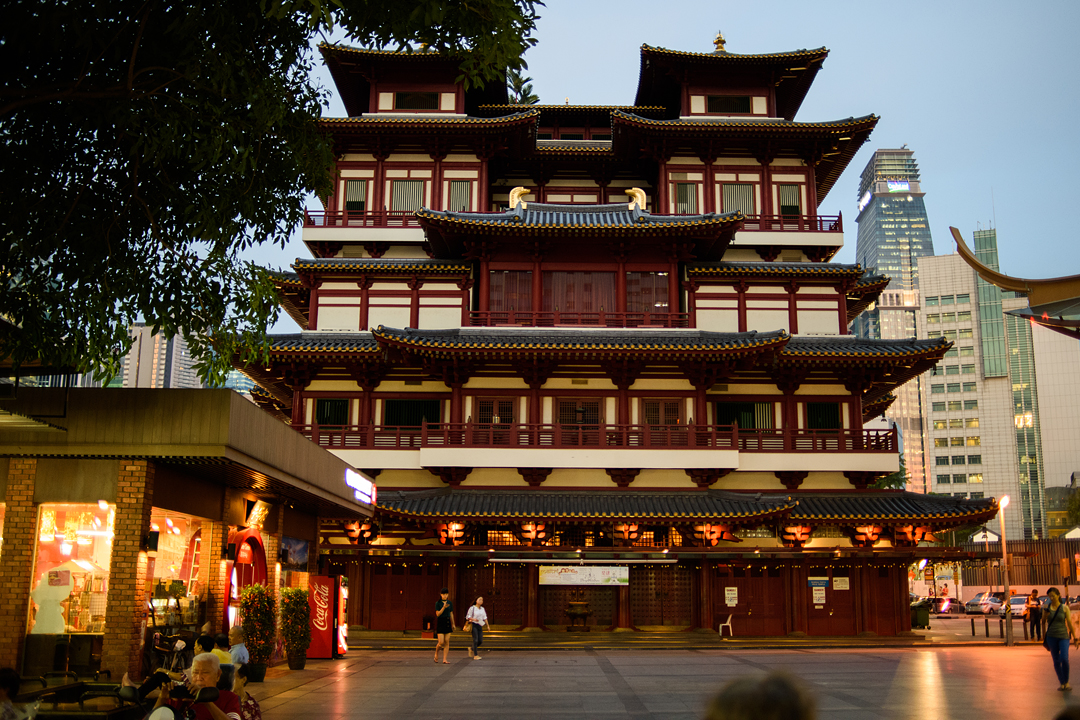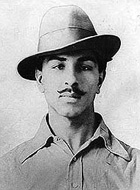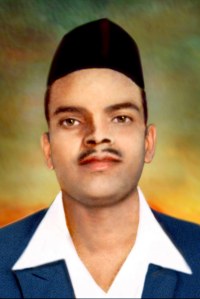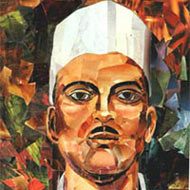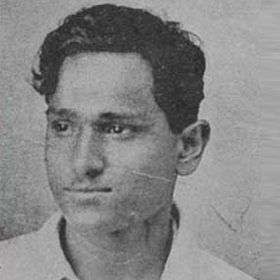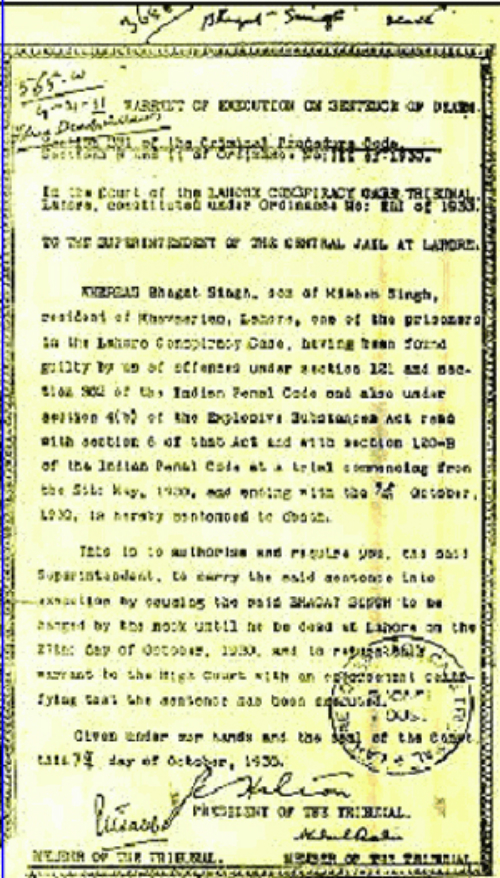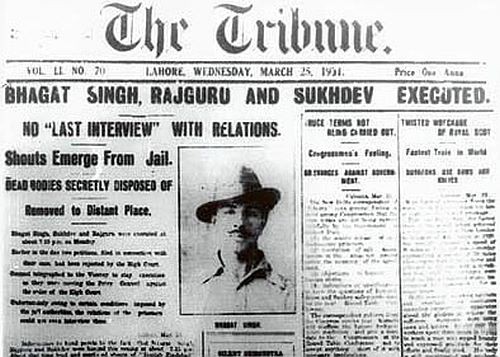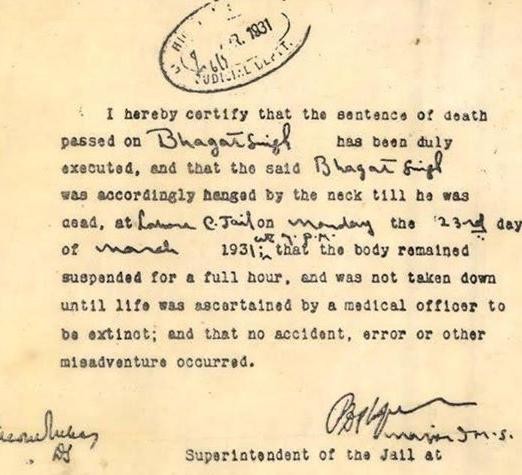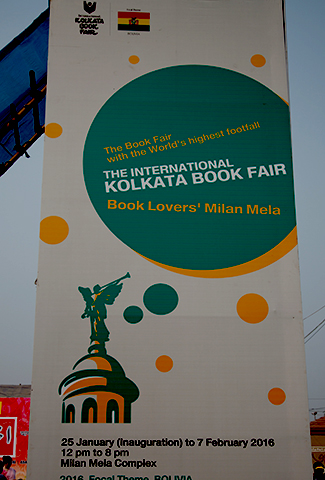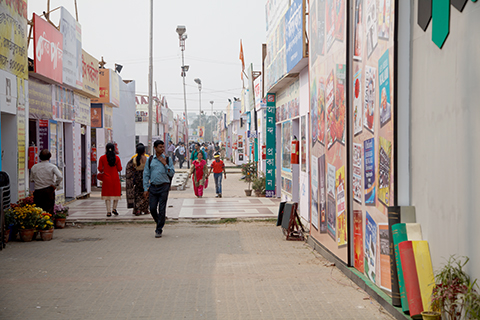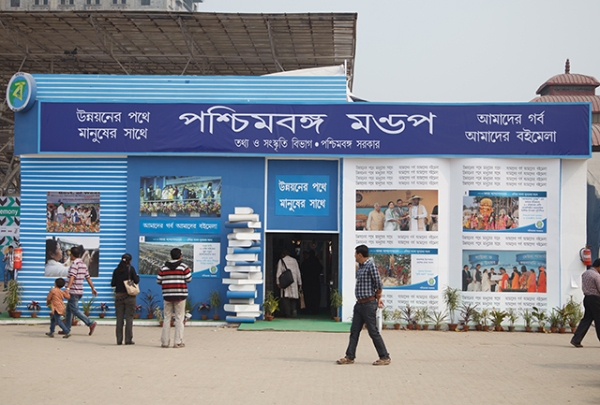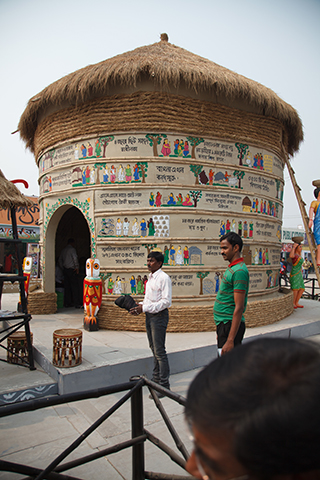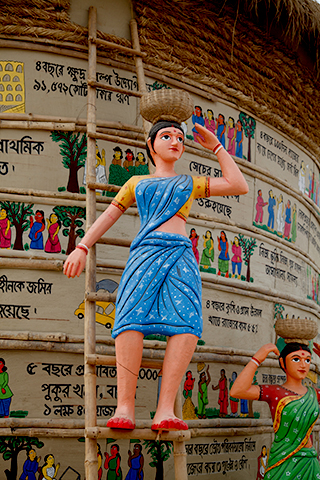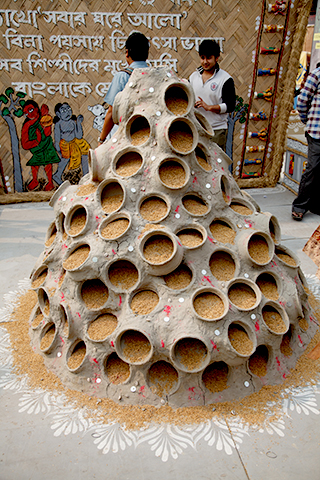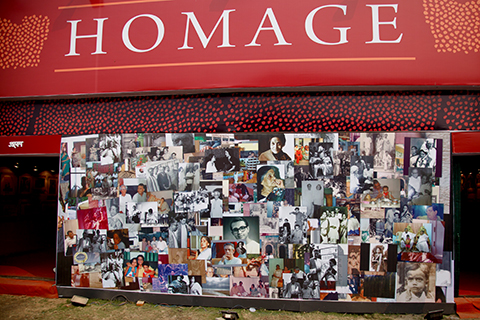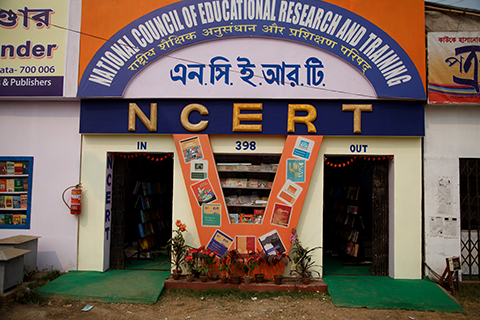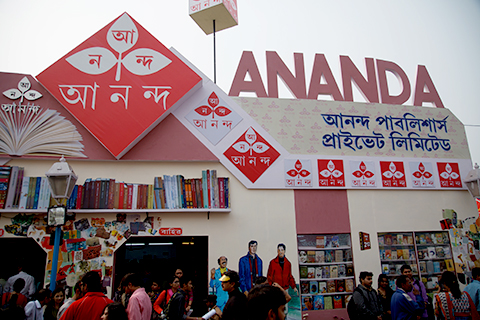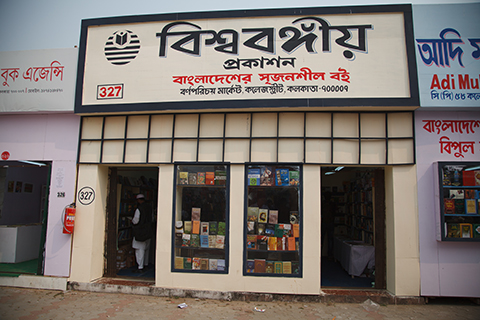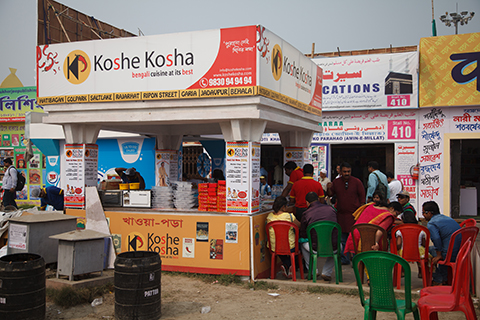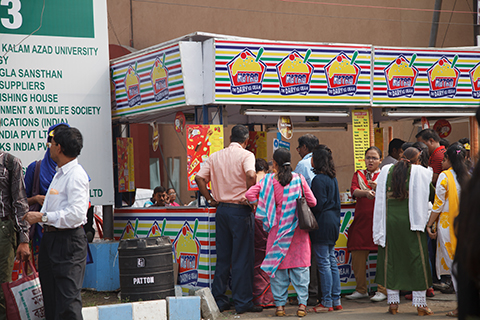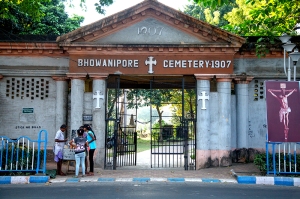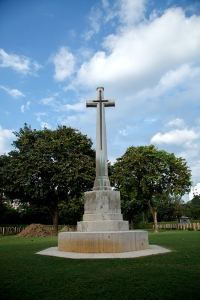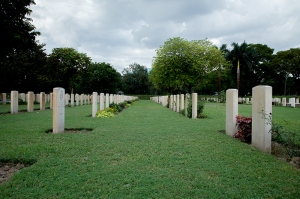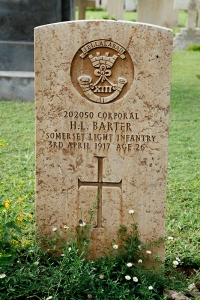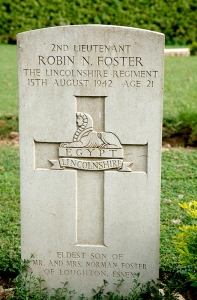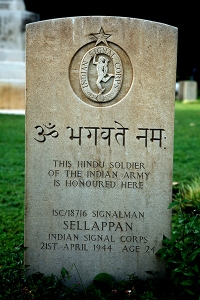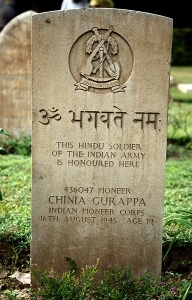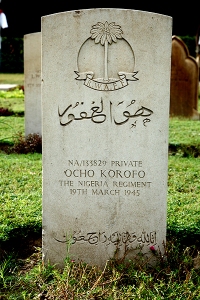India has a rich history of temples, that were built over decades in the past, rebuilt and restored after devastation by Persian, Afghan and Moghul invaders who took special pleasures in destroying medieval Indian Hindu temples. That had happened in the northern, western and central India.
But in far away Bengal, the Rajput kings, migrating from Rajasthan, built temples that stood the test of time and miraculously escaped the attacks. These temples had been built with various architectures and with special construction tiles, Terra-cotta, a type of fired clay, typically of a brownish-red color and unglazed, used as an ornamental building material and in modelling. This became unique to Bengal, specially Bishnupur.
Some of these temples are presented here:
Ras Mancha – A mix of Egyptian pyramid architecture, Bengali style roof called Atchala/Charchala etc. and Moghul type pillar structures supporting the corridors. The base is made of Laterite, a residual product of rock decay that is red in color and has a high content in the oxides of iron and hydroxide of aluminum and is very good in providing strength against subsoil water buoyancy, ultimately restricting displacements and structural damage at superstructure.
This is the oldest brick structure, built by king Bir Hambir in 1600 CE. The deity used to be Radha-Krishna, worshipped during Rash festival. Presently there is no deity here.
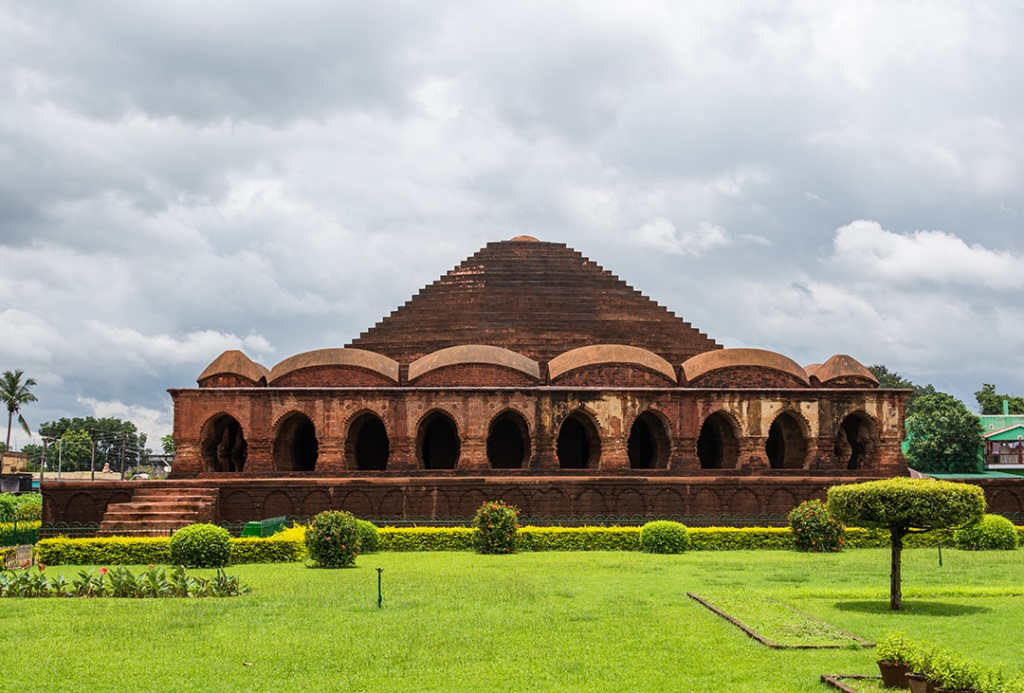
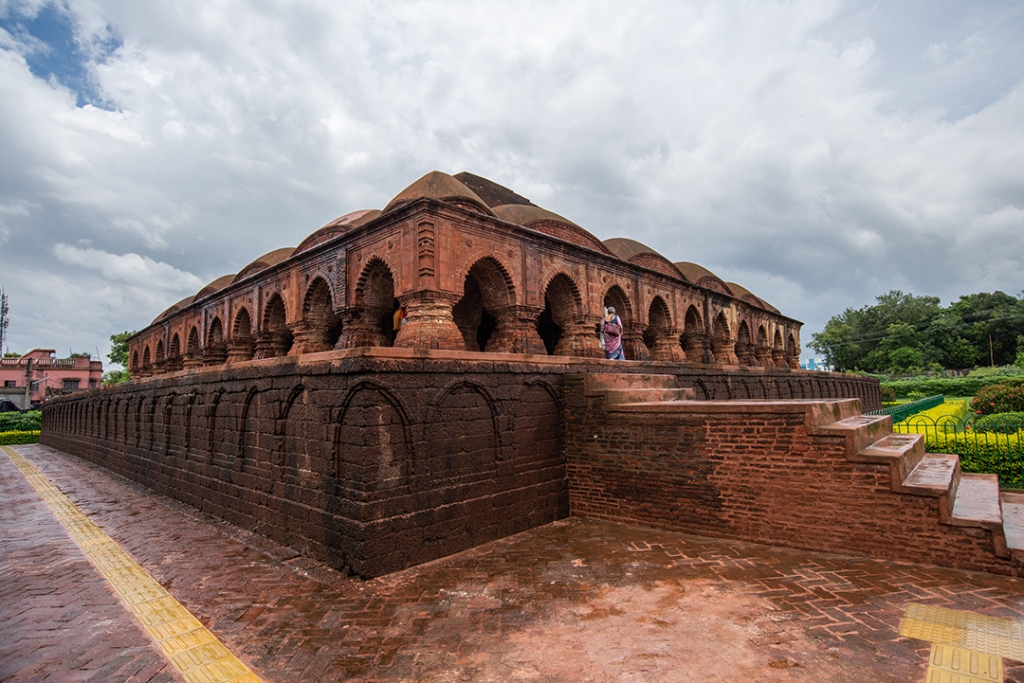
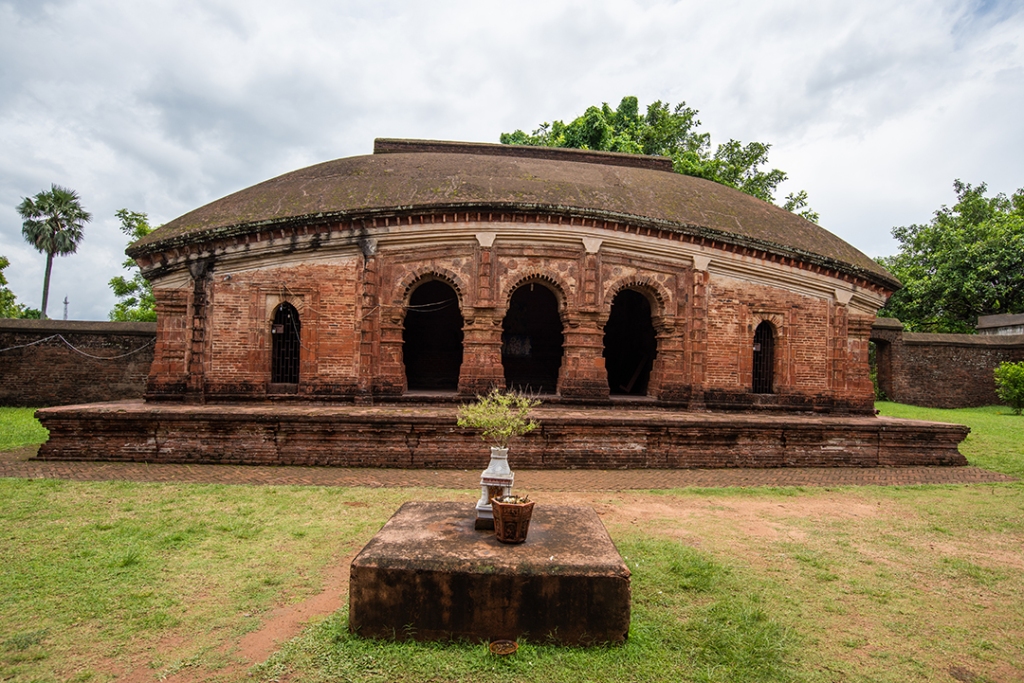
Madan Mohan Temple is another important temple in Bishnupur built by Malla king Durjan Singha in 1695 CE. The temple has been built over an area of 149 sq m.with a height of 10.7 m. A tower surmounted on the Bengal style Chala roof. This is an “Ekrotno” temple built on laterite base.
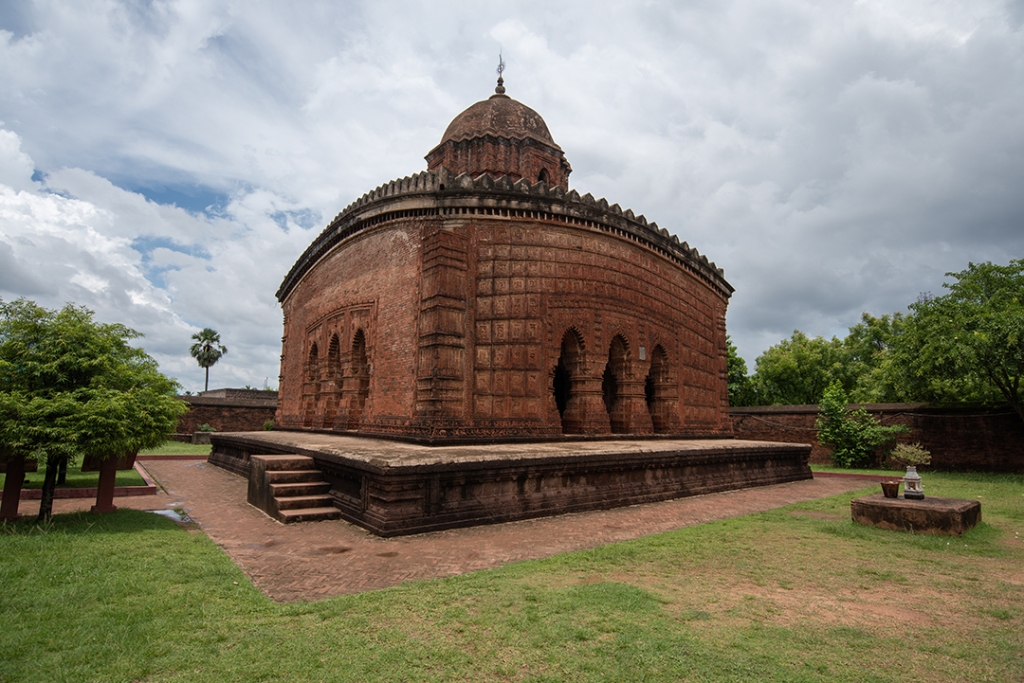
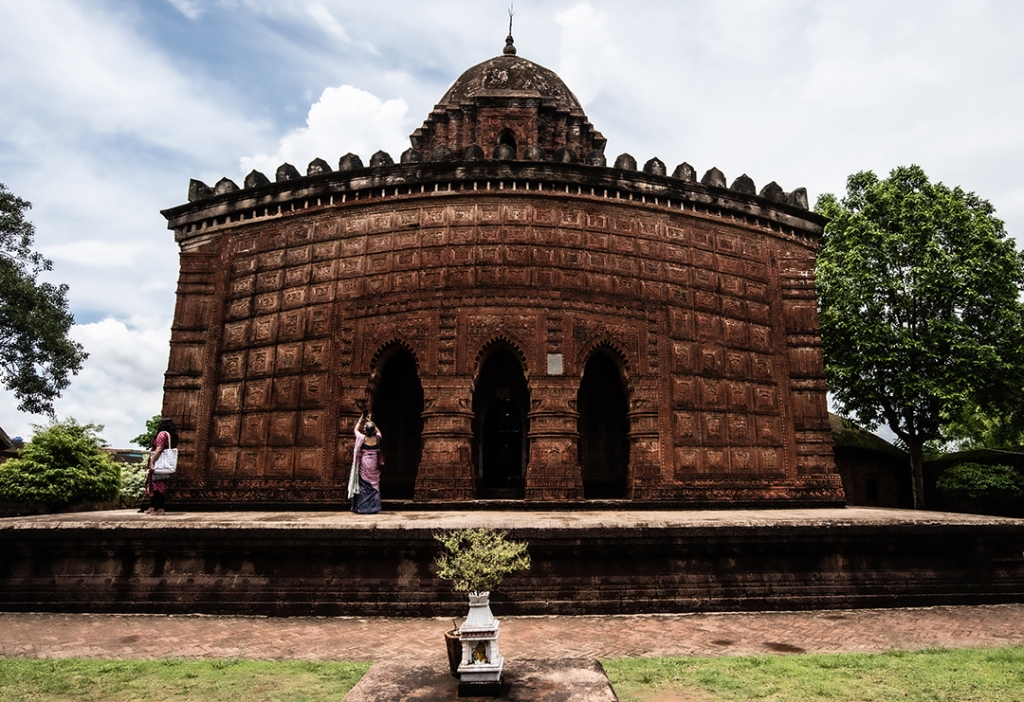
Lalji Temple has been built by Malla king Bir Singha in 1658 CE, with tower and built on a raised square shape laterite platform. This is also an “Ekrotno” temple and has been devoted to Radha-Krishna and is similar to that of Bengali architecture with ornamental decorations. In front of the main temple, there are two chariots one of Lord Lalji and the other of lord Raghunath. This temple is also built on a laterite base.
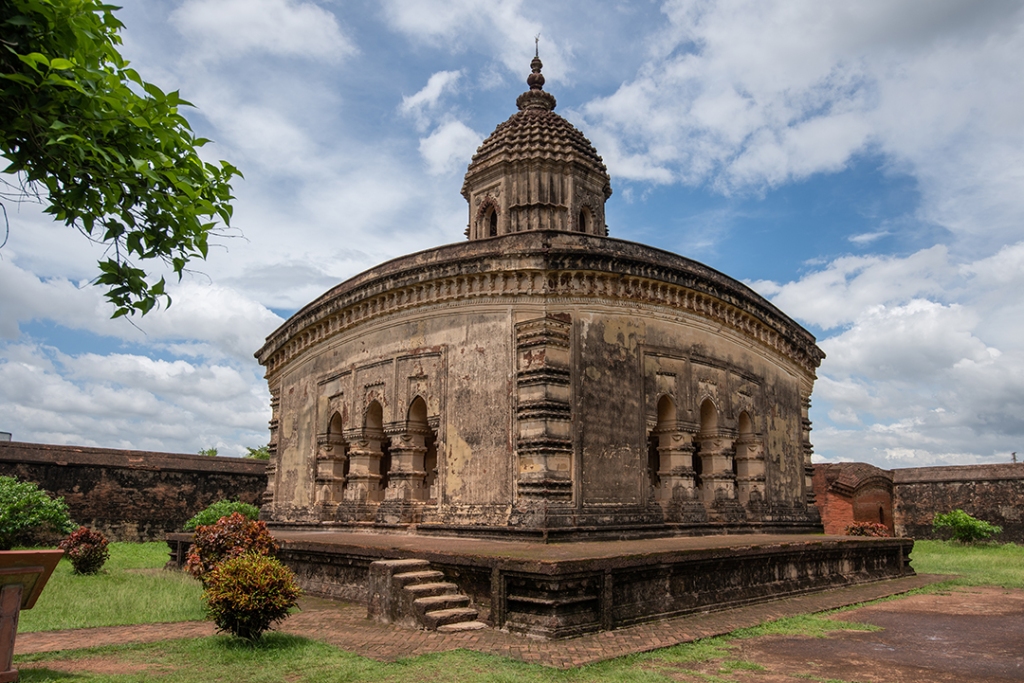
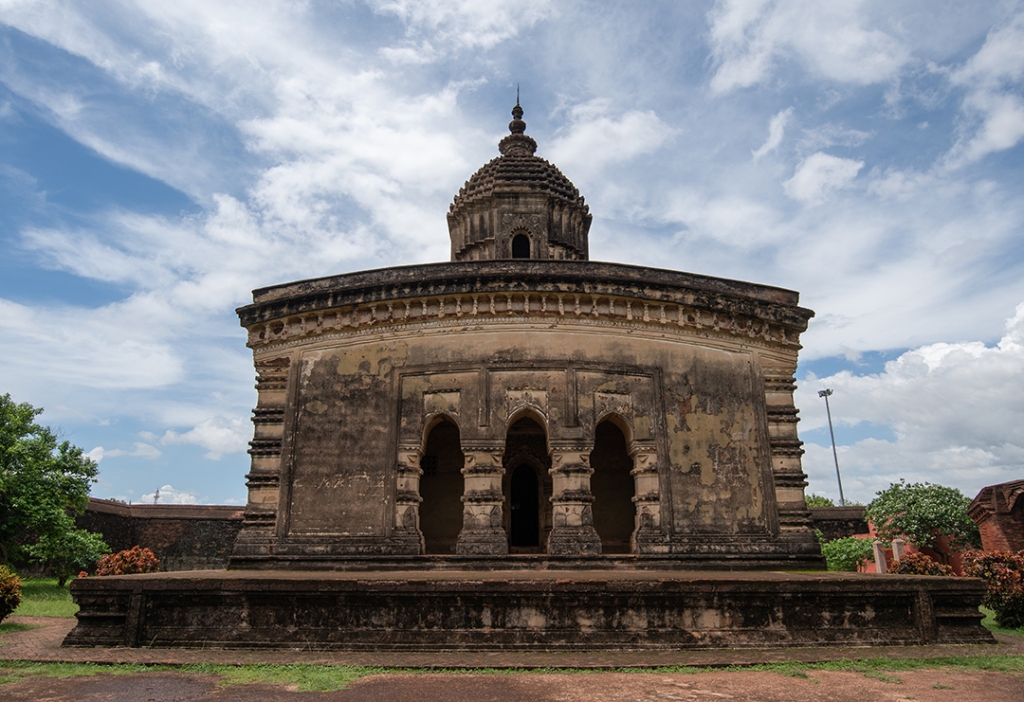
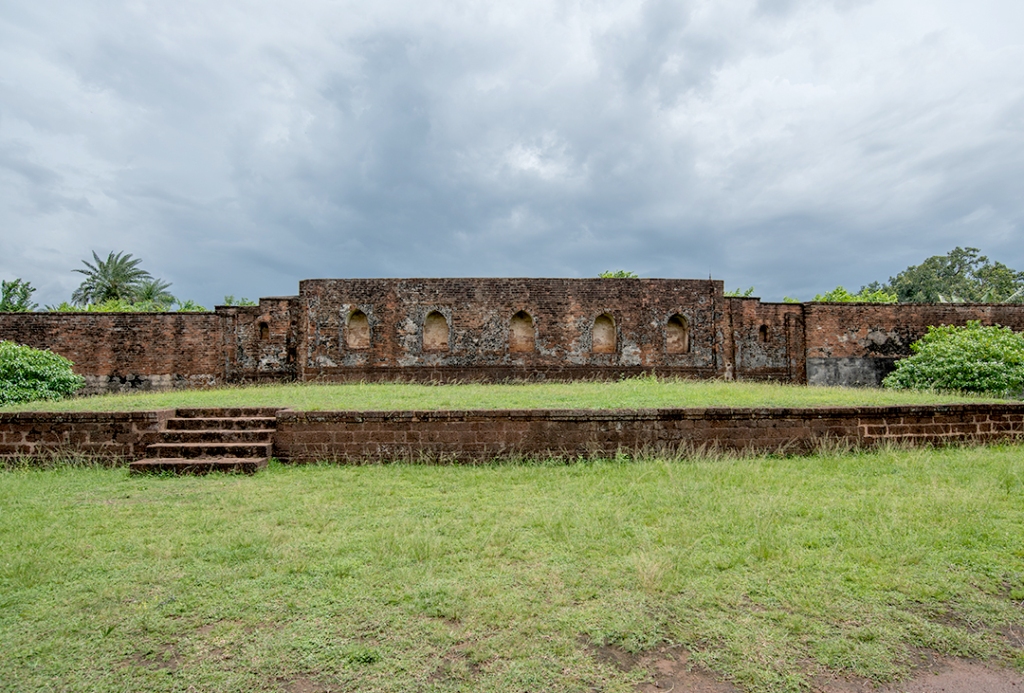
Panchna Ratna Temple, also known as Shyam Rai Temple was built by King Raghunath Singha in 1643 CE. It stands on a low square plinth made of laterite and consists of a pathway with a porch opened by three arches on the four sides of the temple. The central tower is octagonal, while the rest four are square. The walls are richly decorated with terracotta carvings featuring aspects of Lord Krishna’s life.
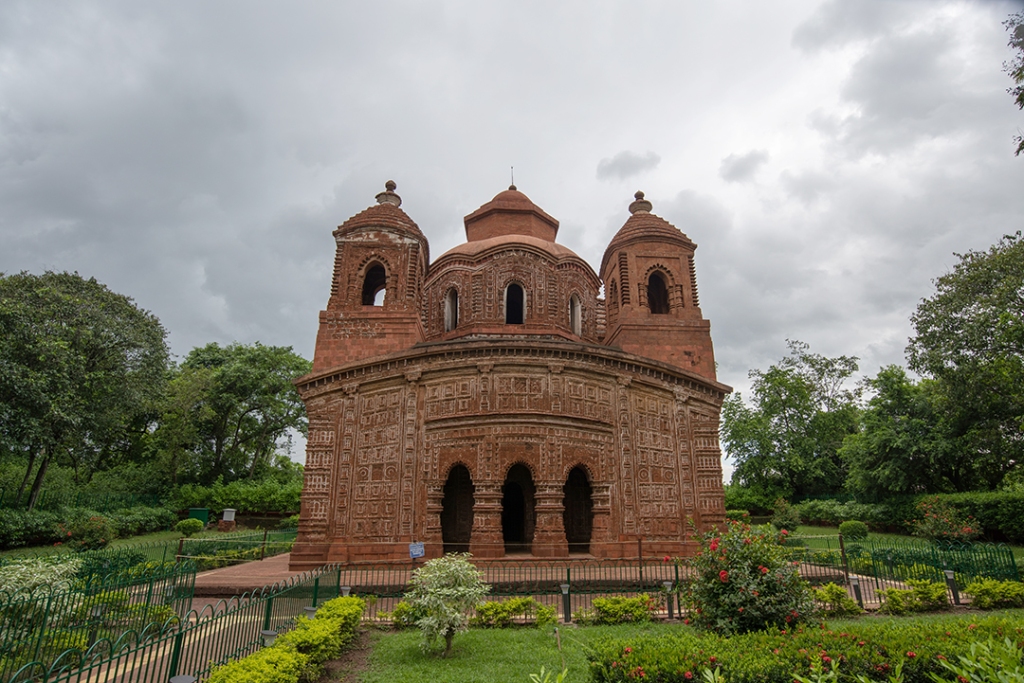

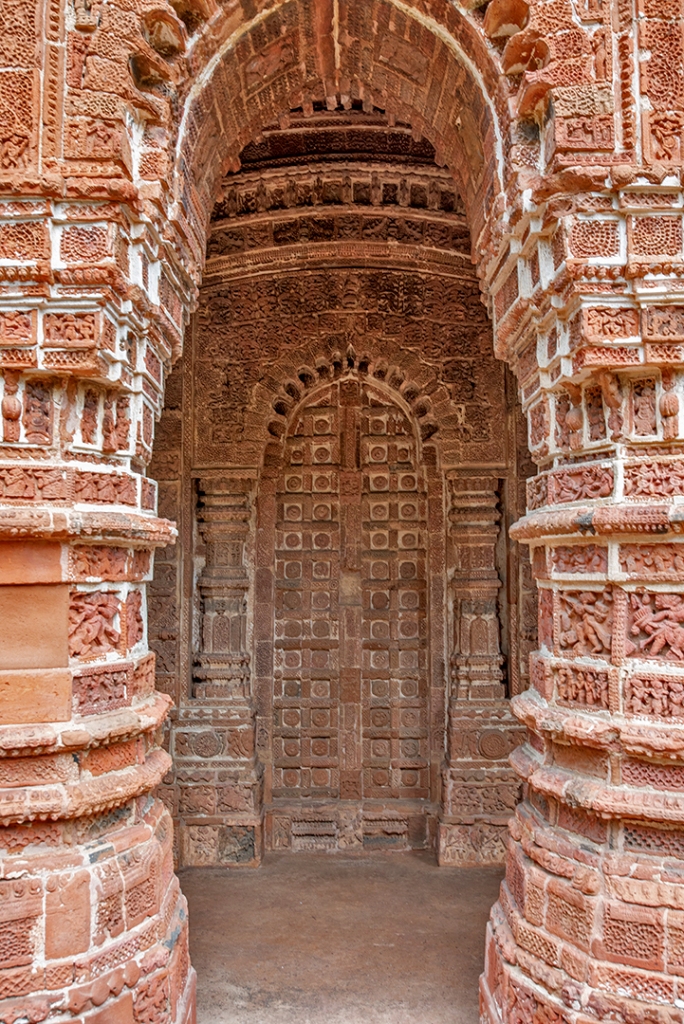
Jod Bangla Temple also known as Keshto Ray (Krishna) & Gauranga Tenple was built by King Raghunath Singha Dev II in 1655 CE. The ornate terracotta carvings are set off by the roof in the classic chala style of Bengal architecture. It stands on a low square plinth made of laterite. The walls have ornate terracotta carvings.
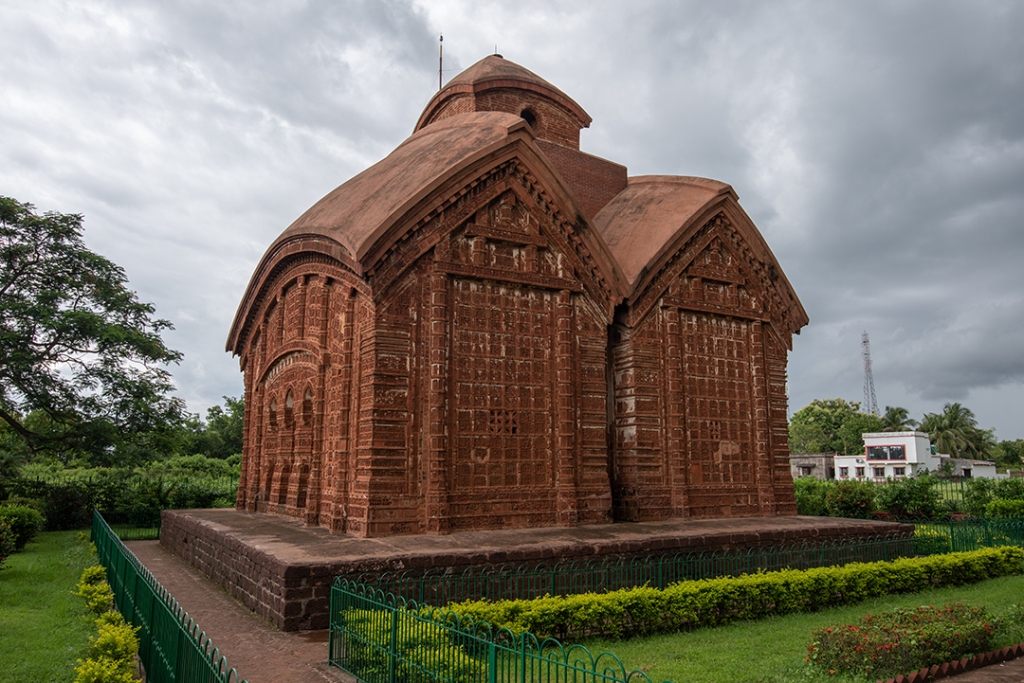
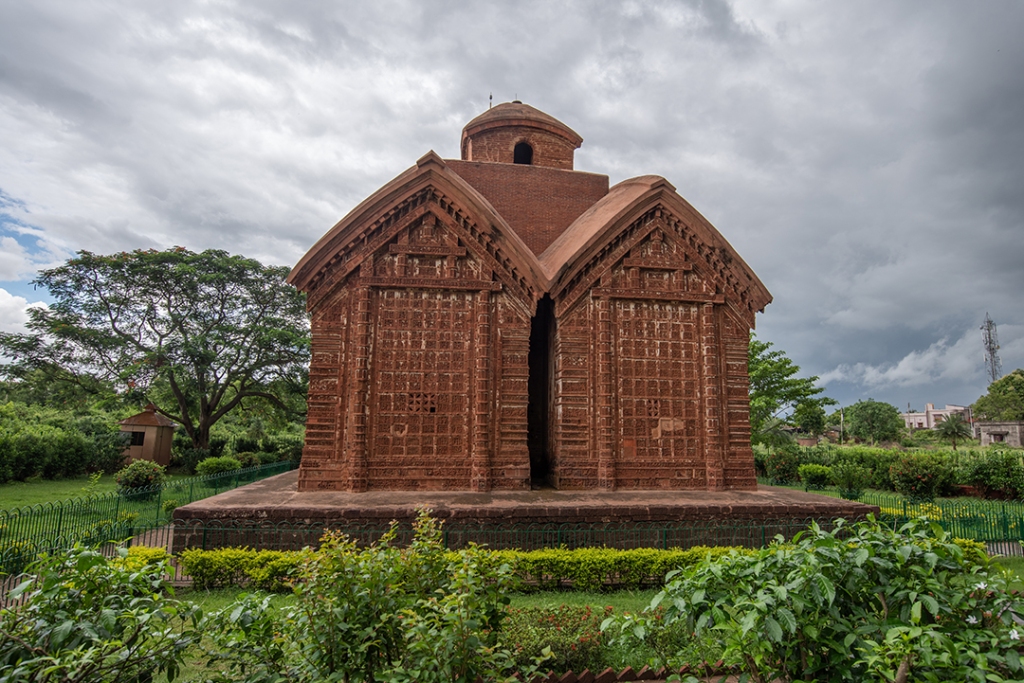
Nandalal Temple consists of a square ground plan on laterite and a single tower resting on a curved roof, called Chala in Bengal. Very little motif work can be seen on the lower part of the temple. It is known to have been built in the 17th century. But no king’s name is associated with this temple.
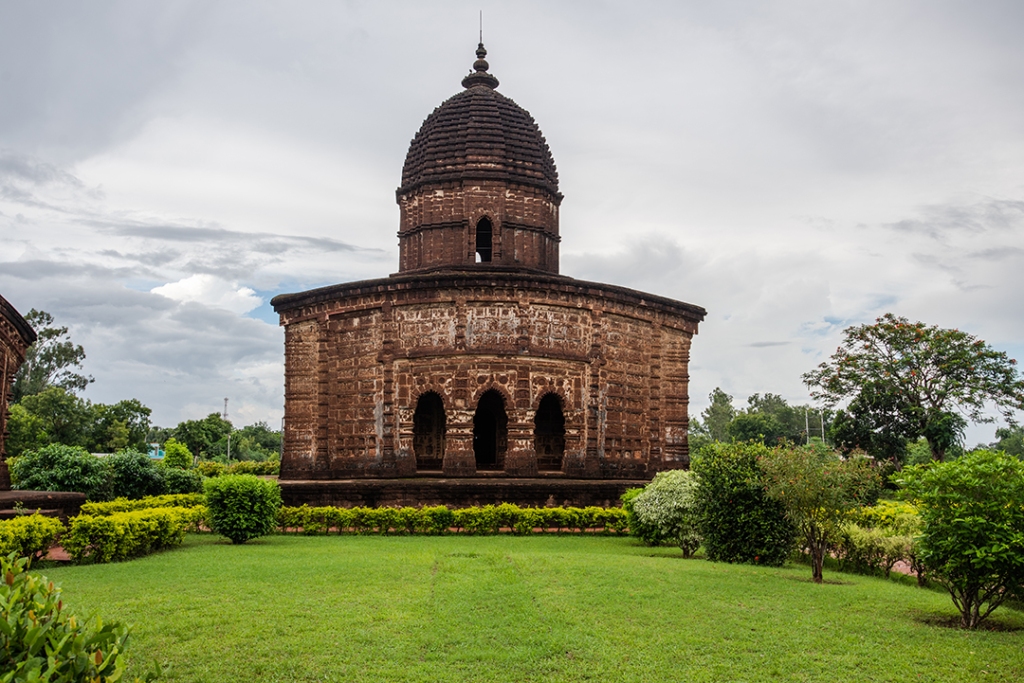
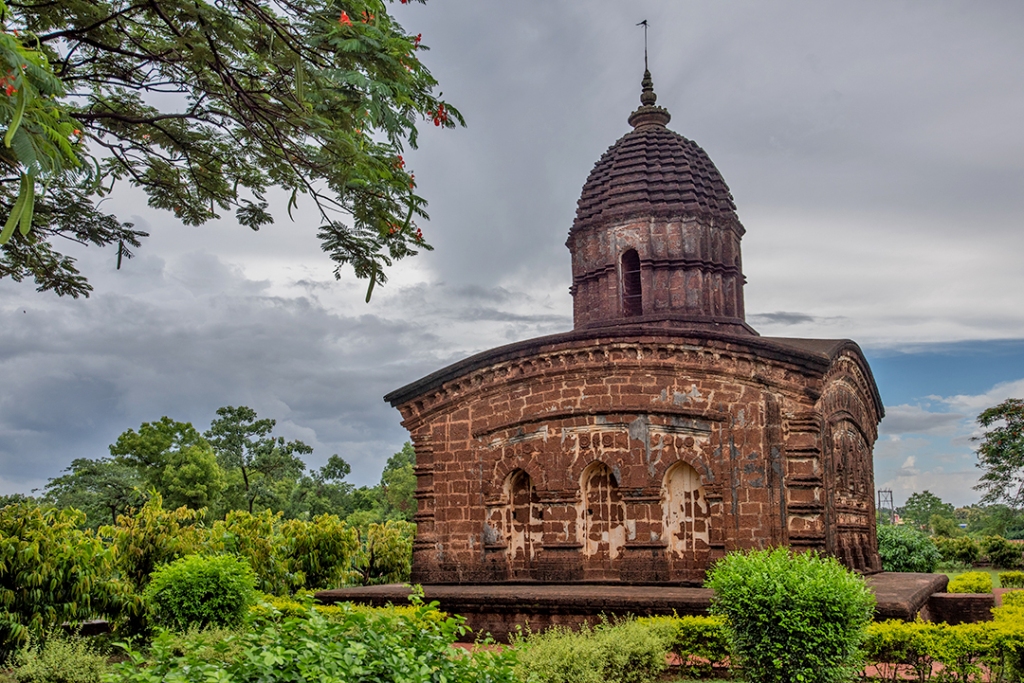
A complex of three temples known as the Jod Mandir. These temples were built by Malla King Krishna Singh in 1726.
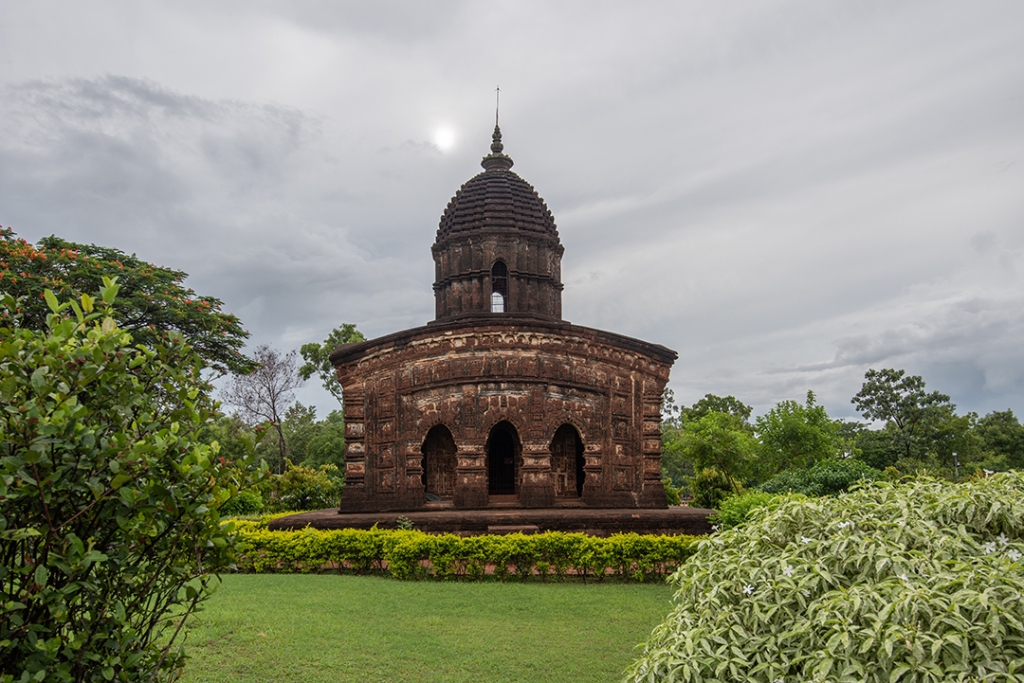
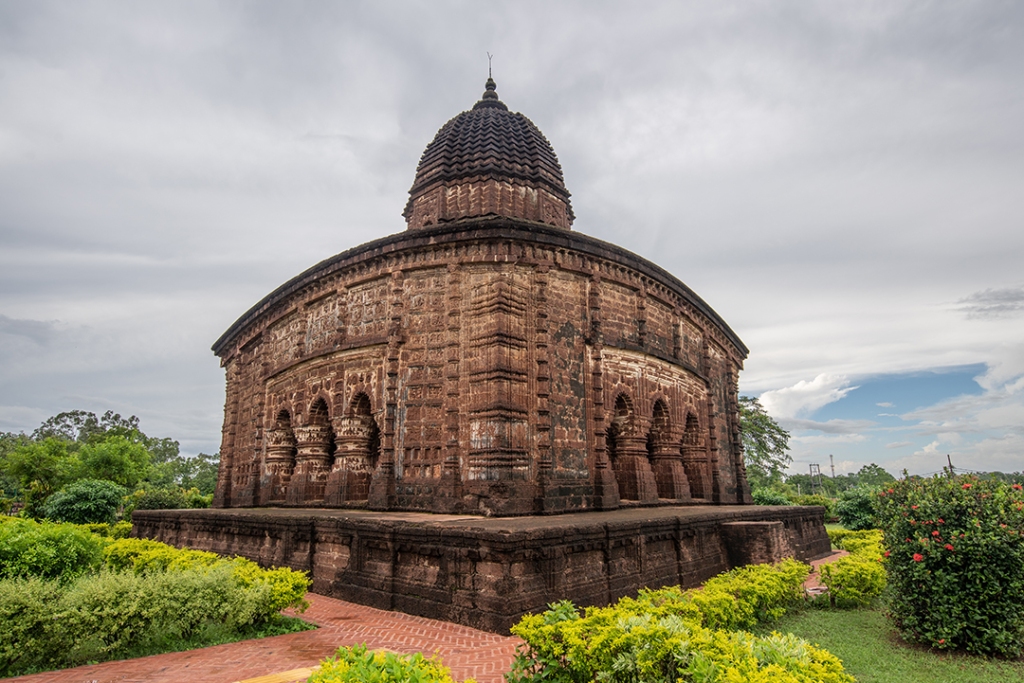
The Temples described here mostly consisted special architectural design and terracotta ornamentation. There are a few other temples that have not been covered in this post.
Bye for now, friends.

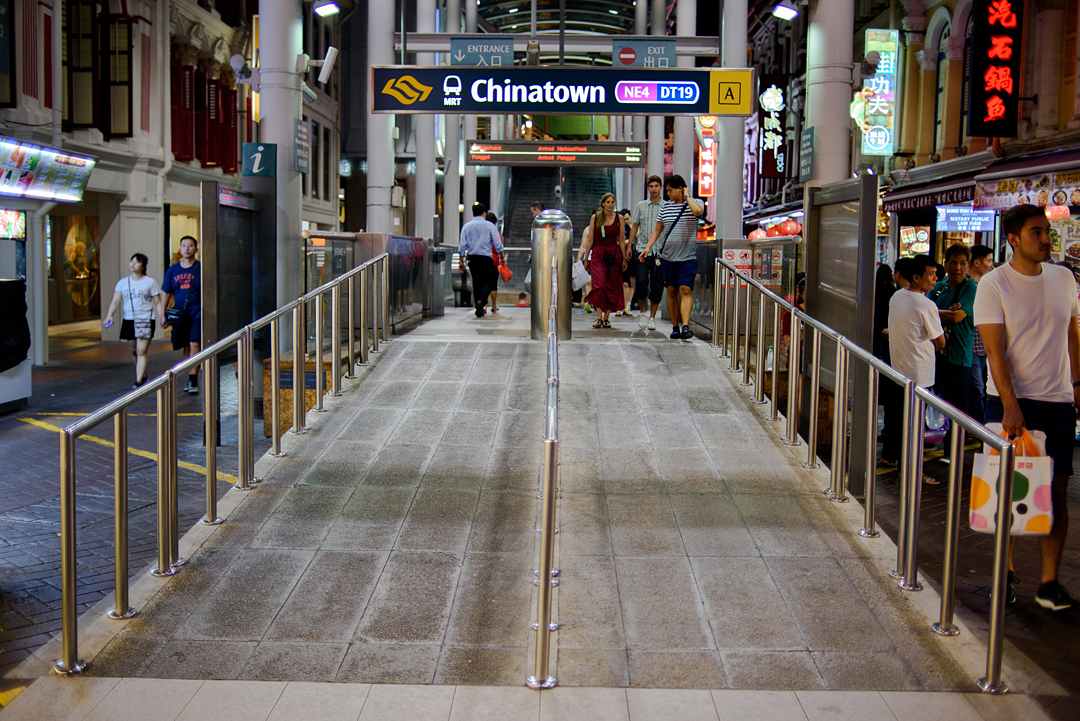 Also, the very long Down town line or Blue line starting from Bukit Panjang and going to Expo passes through Chinatown (DT14). You may also find buses going through Chinatown. If you want to travel in more comfort, you can get taxis. There are various taxi services running in Singapore.
Also, the very long Down town line or Blue line starting from Bukit Panjang and going to Expo passes through Chinatown (DT14). You may also find buses going through Chinatown. If you want to travel in more comfort, you can get taxis. There are various taxi services running in Singapore.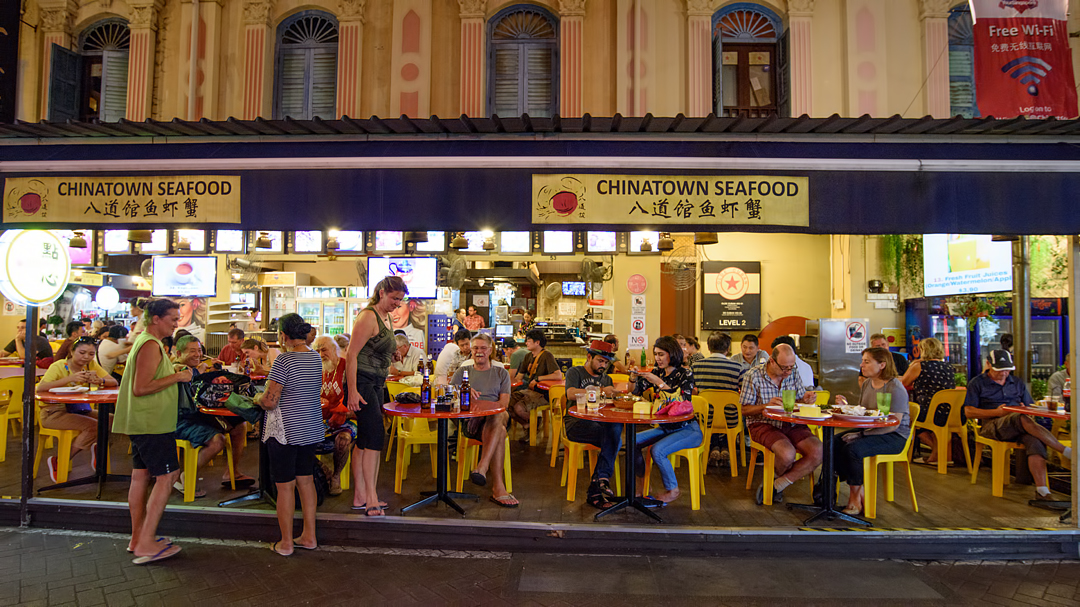 The types of food that mainly do the rounds here are authentic Chinese dishes from various parts of china. The preparations are made to suit the palate of almost all the tourists coming from across the world. The seating area here is mostly common, that is, one can order anywhere and have one’s food seating anywhere. However, no outside food is not allowed here for consumption.
The types of food that mainly do the rounds here are authentic Chinese dishes from various parts of china. The preparations are made to suit the palate of almost all the tourists coming from across the world. The seating area here is mostly common, that is, one can order anywhere and have one’s food seating anywhere. However, no outside food is not allowed here for consumption.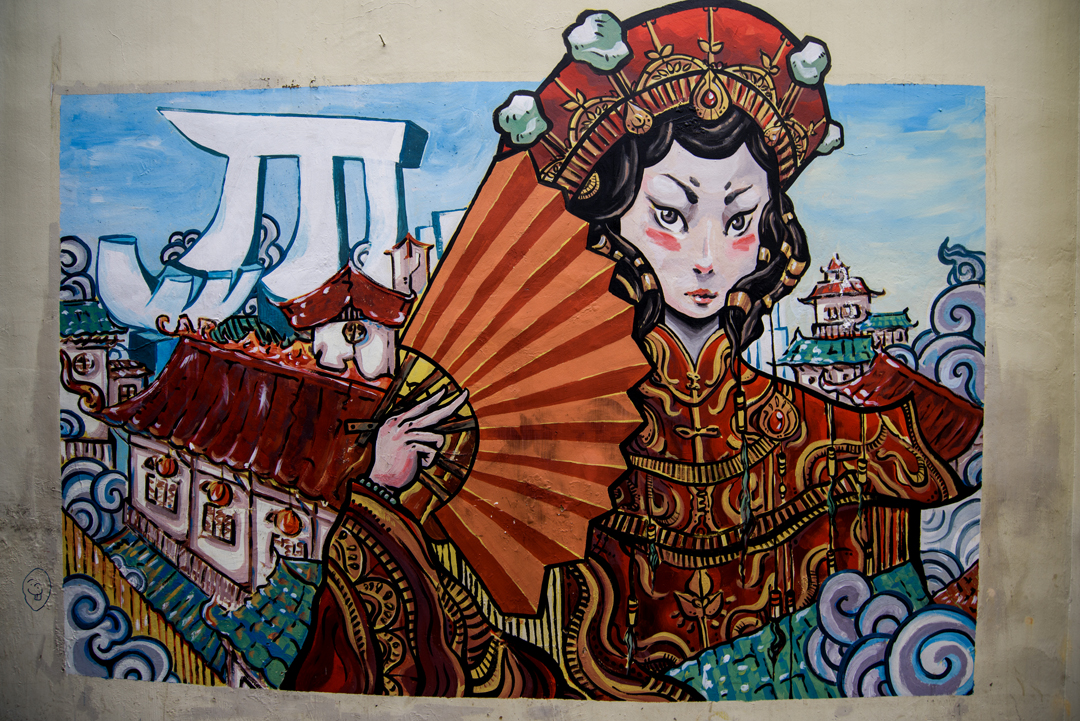
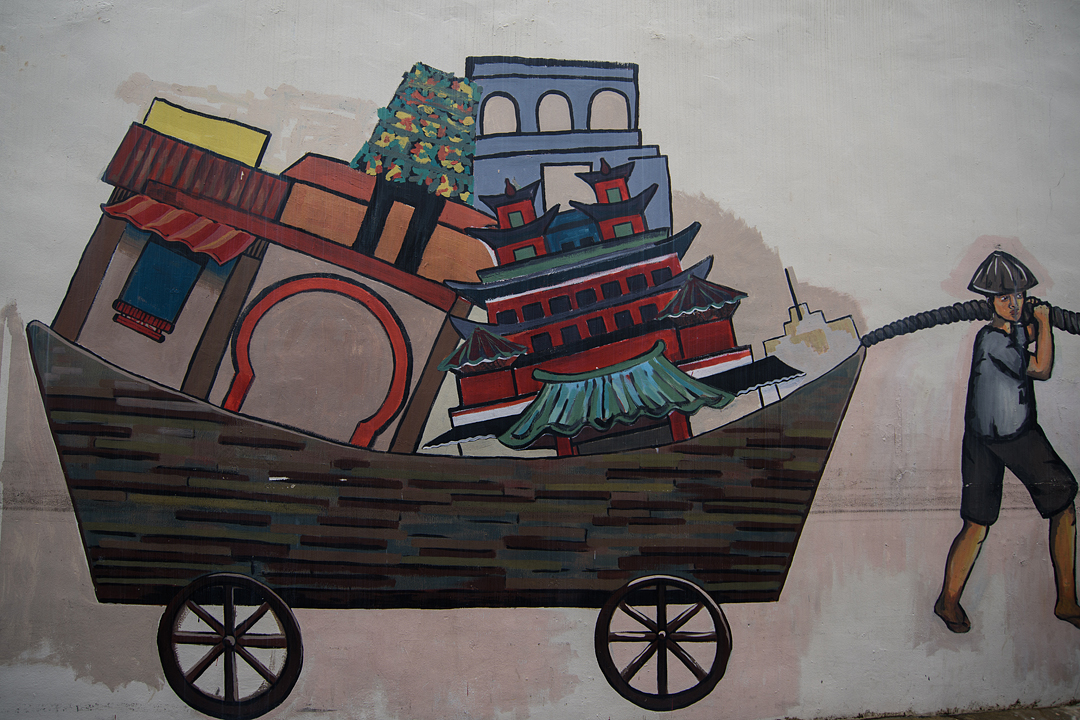
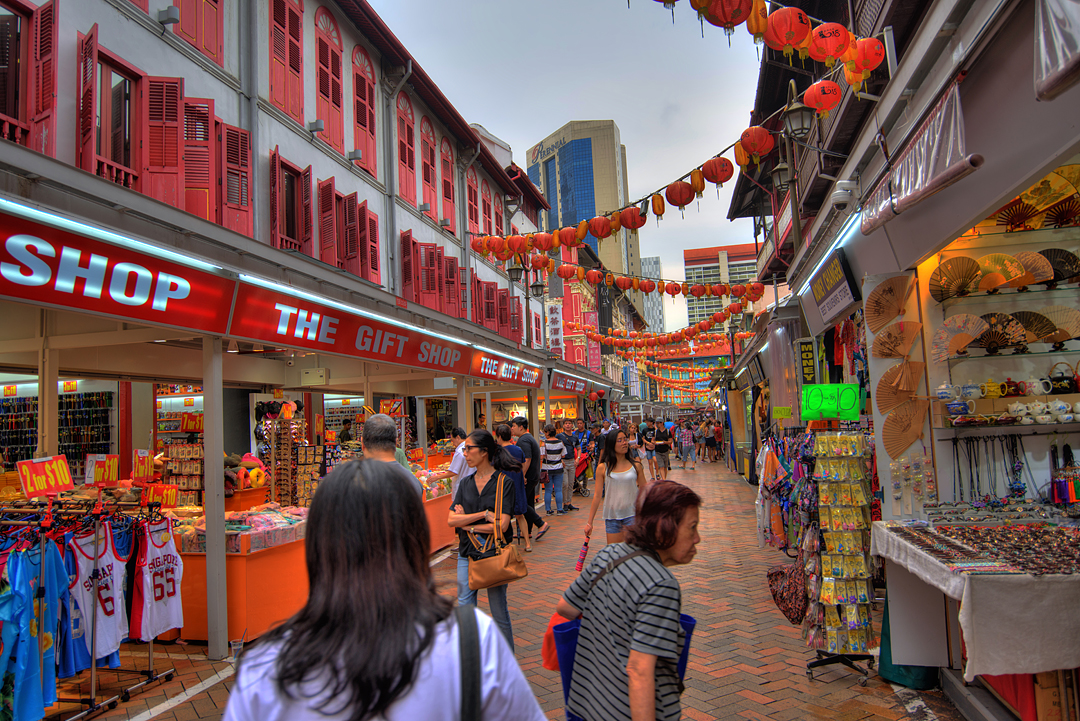
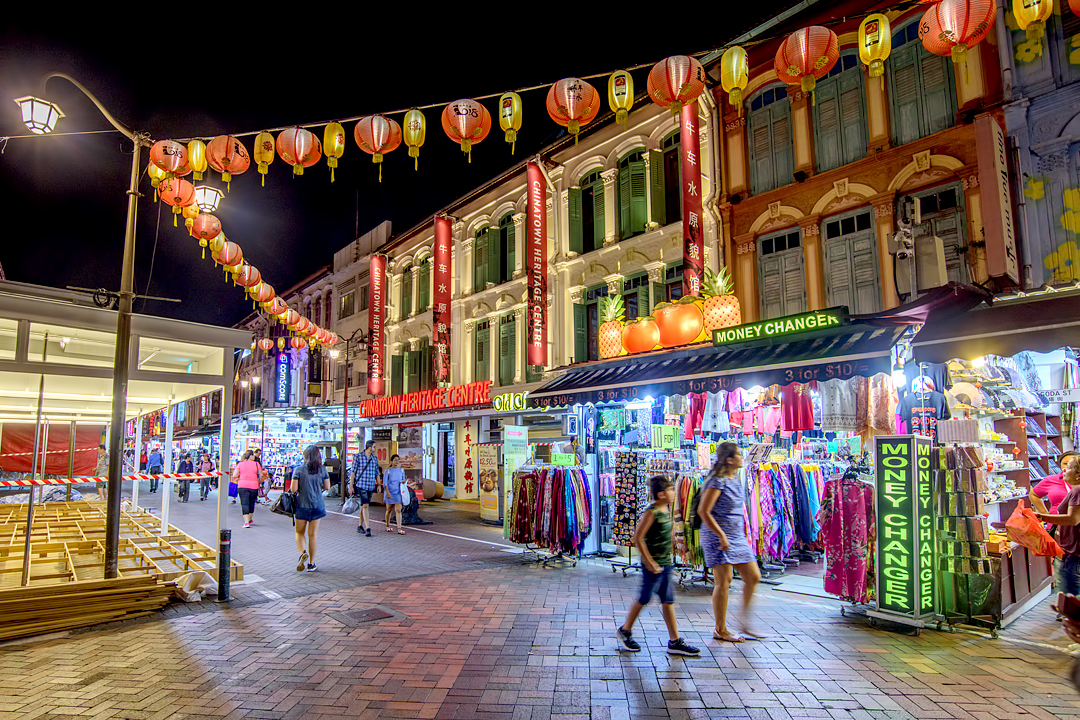


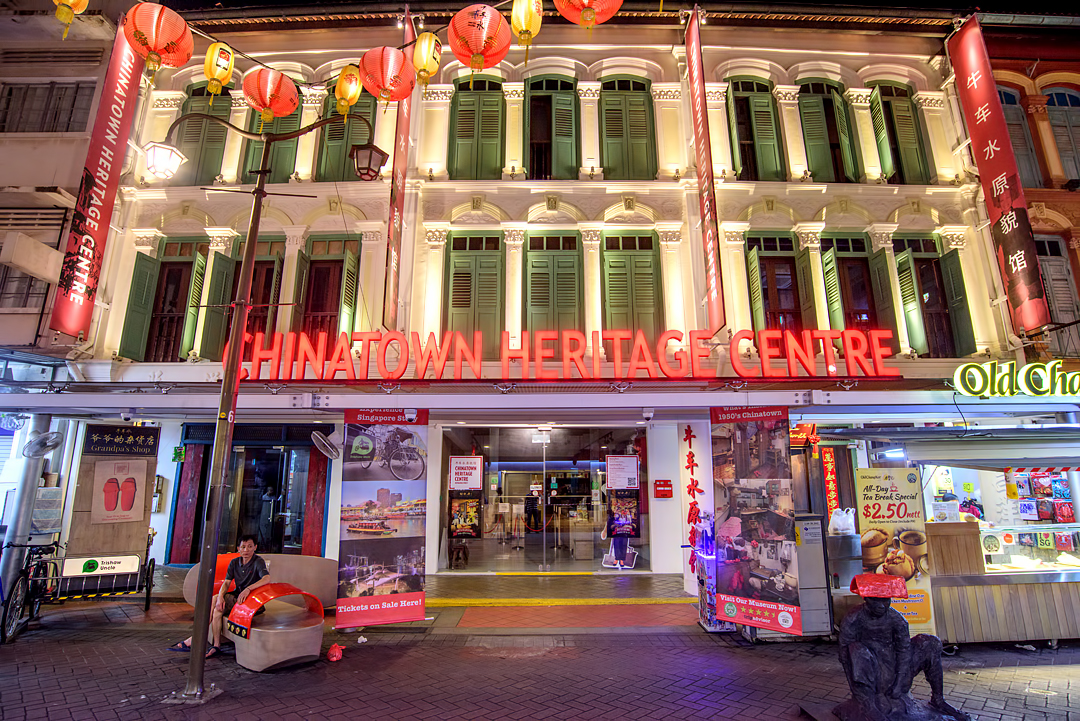 The Chinese Heritage Center, located at the center of Chinatown is a place worth visiting. One would find Sri Mariamman Hindu temple, Buddha Tooth relic temple, Masjid Jamae and a few churches around.
The Chinese Heritage Center, located at the center of Chinatown is a place worth visiting. One would find Sri Mariamman Hindu temple, Buddha Tooth relic temple, Masjid Jamae and a few churches around.